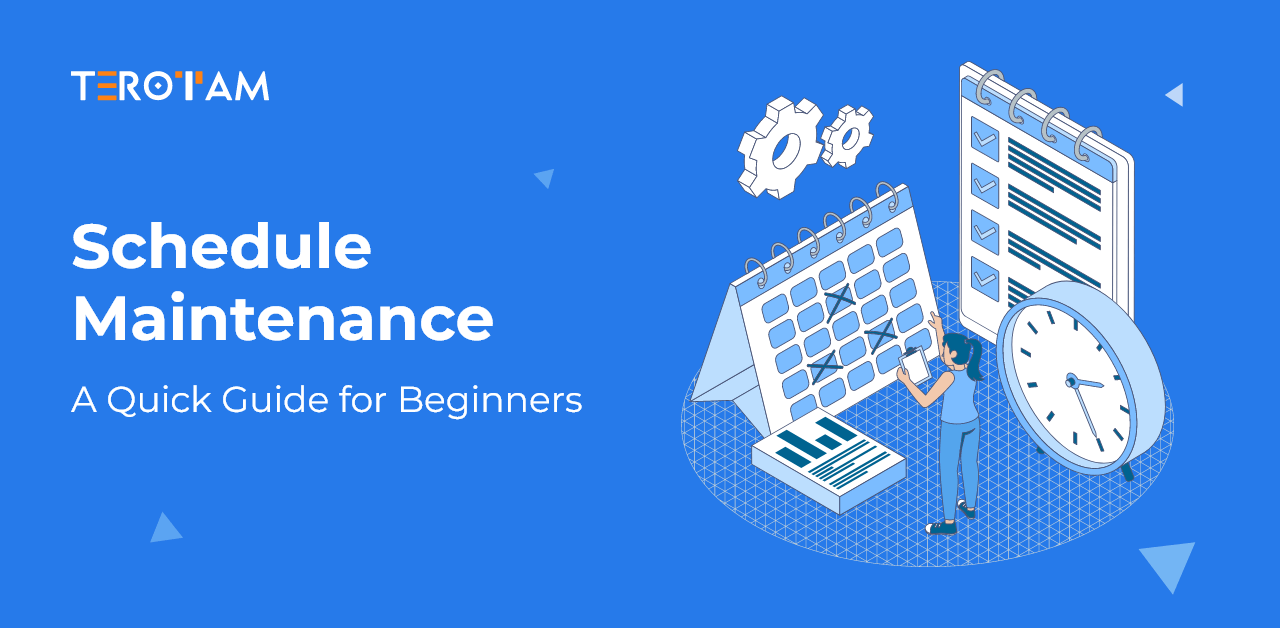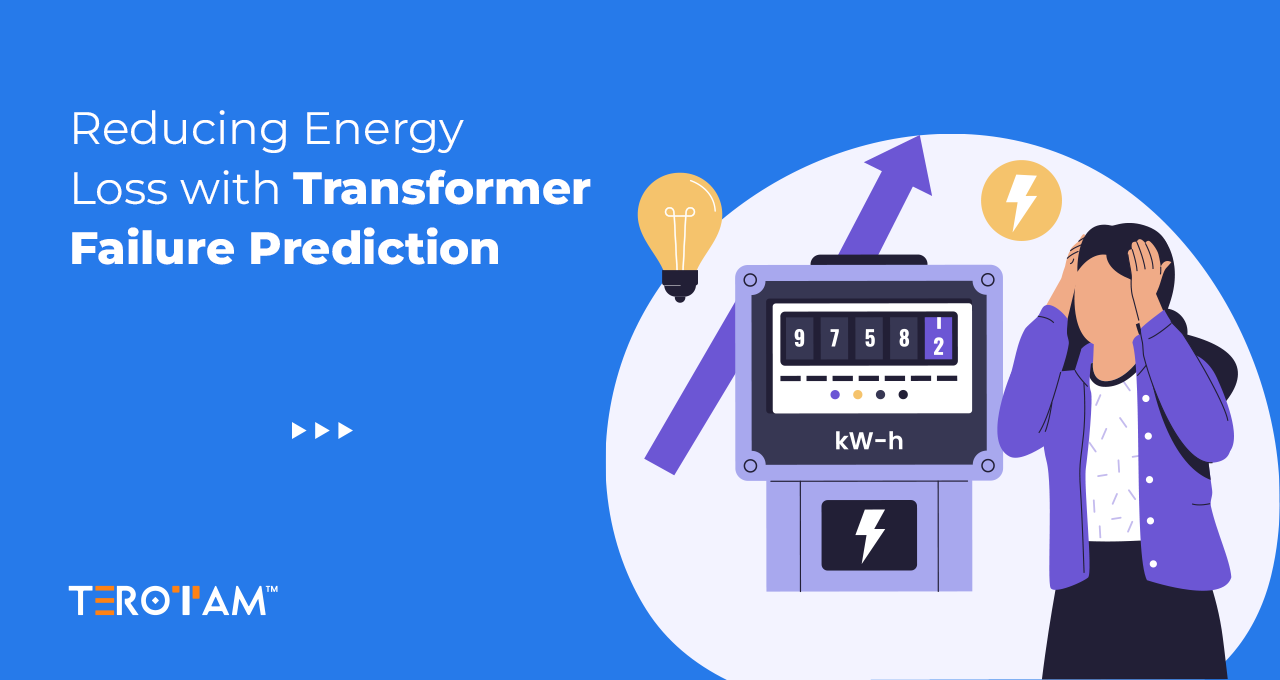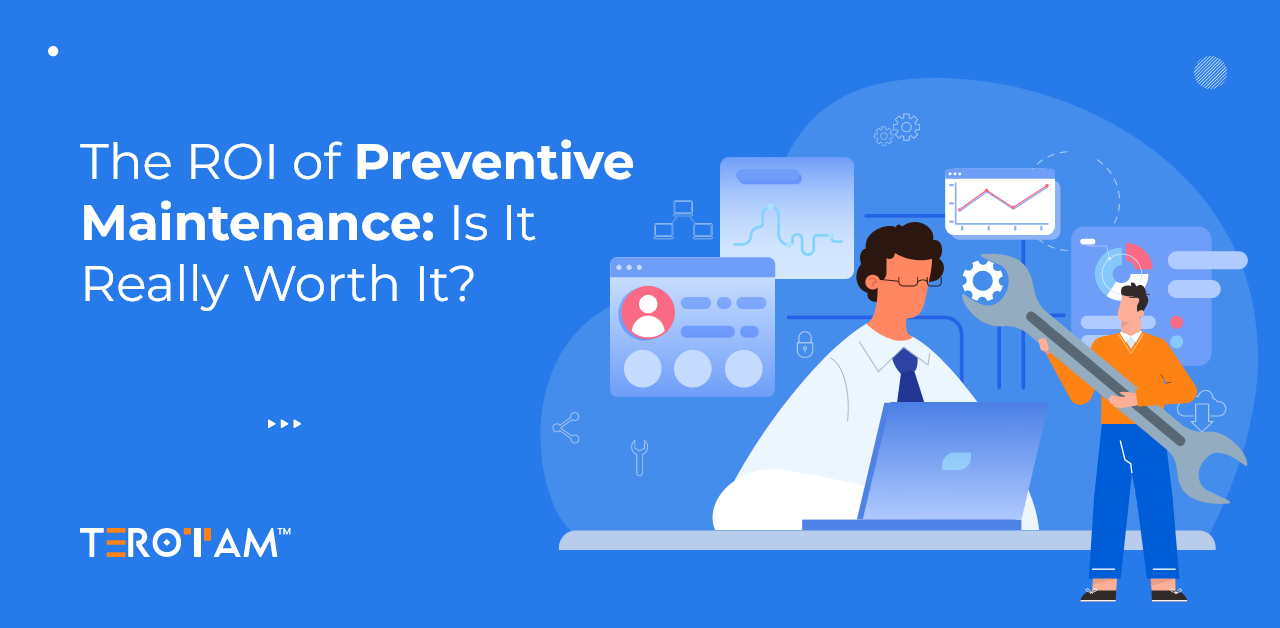Scheduled maintenance is crucial to keeping machinery, equipment, and infrastructure in optimal condition. It involves planning and executing routine maintenance tasks to prevent unexpected breakdowns and ensure the longevity and reliability of assets.
In this blog article, we will explore the fundamental concepts of scheduled maintenance, its significance, and the steps involved in creating an effective maintenance schedule.
What is Scheduled Maintenance?
Scheduled maintenance, also known as preventive maintenance or planned maintenance, is a proactive approach to equipment upkeep. It involves pre-planned and regular inspections, repairs, and replacements to ensure asset functionality and safety. Unlike reactive maintenance, where repairs occur after a breakdown, scheduled maintenance aims to prevent issues before they occur.
Importance of Maintenance Scheduling
Maintenance scheduling is critical for several reasons:
Reducing Downtime
Scheduling maintenance considerably lowers downtime. Unexpected malfunctions can cause expensive disruptions in sectors of the economy where machinery and equipment are essential to daily operations. Regular maintenance helps to identify possible problems early on and fix them before they cause breakdowns. Preventing unplanned downtime and assisting in the prediction of maintenance needs enables organizations to minimize the impact on revenue and output.
Cost Savings
Maintenance scheduling can lead to substantial cost savings. Reactive maintenance, which involves fixing equipment after it fails, often results in higher repair costs due to the urgency of the situation. Scheduled maintenance, on the other hand, is typically less expensive because repairs and replacements are conducted before a minor issue escalates into a major problem. It also helps optimize resource use, reduce emergency service costs, and minimize the need for expensive spare parts.
Increased Reliability
One of the primary goals of maintenance scheduling is to ensure the reliability of equipment and assets. Regular inspections and preventive measures keep machinery in top condition, reducing the likelihood of breakdowns. This, in turn, fosters confidence in the equipment’s performance and encourages consistent, high-quality output.
Safety
Maintenance scheduling plays a vital role in ensuring the safety of personnel and the workplace. Faulty equipment can pose significant safety risks. Organizations can identify potential hazards and address them promptly by conducting regular inspections and repairs. This proactive approach reduces the likelihood of accidents and injuries, making the work environment safer for everyone involved.
Asset Longevity
Well-maintained assets have a longer lifespan. Organizations can maximize the return on their investments by scheduling maintenance at appropriate intervals. Equipment and infrastructure that are well taken care of remain functional and productive for an extended period, reducing the need for premature replacements.
Compliance
Many industries have strict regulations and standards that require organizations to perform regular maintenance on their equipment to ensure safety, environmental compliance, and adherence to legal requirements. Maintenance scheduling helps organizations stay in compliance with these rules, avoiding potential legal issues and fines.
Productivity and Efficiency
Regular maintenance enhances the efficiency and productivity of operations. Properly maintained equipment operates at peak performance, delivering consistent and reliable results. This reduces operational disruptions and contributes to increased output and quality, leading to higher customer satisfaction.
Predictable Budgeting
With maintenance scheduling, organizations can budget for maintenance costs in a predictable manner. With the help of planning and scheduling maintenance activities in advance, they can allocate resources more efficiently, ensuring that funds are available to cover maintenance expenses when needed. This predictable budgeting minimizes financial surprises and allows for better financial planning.
How Does Scheduling Maintenance Save Time and Money?
Scheduling maintenance is an economic tactic that conserves resources and money. Organizations can prevent the expensive delays caused by unanticipated breakdowns by proactively planning and carrying out maintenance operations on a regular basis. Because of its predictability, resources may be allocated more effectively, downtime is minimized, and emergency repair costs are eventually reduced, resulting in financial savings.
Routine maintenance makes equipment more reliable and ensures constant performance and high-quality output. When spotting and removing possible risks, it also enhances safety and saves time and money by averting accidents and related expenses.
Long-term cost reductions are also facilitated by the longer lifespan of well-maintained assets, which lowers the need for premature replacements. All things considered, maintenance scheduling provides a useful strategy for raising productivity, cutting costs, and guaranteeing the seamless operation of companies and organizations.
What is the First Step in Creating a Maintenance Schedule?
The process of developing a maintenance schedule begins with the creation of an accurate and thorough asset inventory. This entails locating and recording every piece of machinery and asset that needs to be maintained inside a company. Each asset should have comprehensive information regarding its kind, make and model, location, degree of operational criticality, and any pertinent previous maintenance records included in the asset inventory.
Organizations can better understand their maintenance requirements and assign assets a higher priority by compiling an exhaustive asset inventory. By laying the groundwork for the maintenance schedule process, this first phase enables maintenance teams to methodically plan and assign resources for the upkeep needs of every asset. It also acts as a point of reference for monitoring each asset’s performance and maintenance history.
Process of Maintenance Scheduling
The process of maintenance scheduling is a well-structured approach that involves several key steps to ensure the effective planning and execution of maintenance activities. Here’s a detailed description of each of these steps:
Planning
In the planning phase, maintenance managers and teams define the overall maintenance strategy. This includes determining the maintenance goals, objectives, and the scope of work. They also assess the available resources, such as personnel, equipment, and materials, required to carry out the maintenance tasks.
Additionally, a risk assessment is often conducted to identify potential safety hazards and to prioritize critical assets. This phase sets the foundation for the entire scheduling process.
Asset Identification and Prioritization
Maintenance teams create an inventory of all assets and equipment that require maintenance. Each asset is then assessed and prioritized based on its importance to operations and the consequences of failure. High-priority assets are given more attention and frequent maintenance to ensure their reliability.
Defining Maintenance Tasks
For each asset, specific maintenance tasks are identified. These tasks can include routine inspections, lubrication, calibration, cleaning, component replacements, or more specialized maintenance activities. It’s crucial to clearly define what needs to be done for each asset to keep it in good working condition.
Frequency Determination
The next step is to establish the frequency at which each maintenance task should be performed. This is typically based on manufacturer recommendations, industry best practices, and asset-specific considerations. Some tasks may need to be performed daily, weekly, monthly, annually, or at other intervals.
Resource Allocation
This involves allocating the necessary resources, including skilled personnel, tools, spare parts, and equipment, to ensure that maintenance tasks can be executed as planned. Adequate resource allocation is essential to prevent delays and ensure the availability of everything needed to complete the scheduled maintenance.
Scheduling
In this phase, the specific dates and times for each maintenance task are determined. Careful consideration is given to factors such as asset availability, operational schedules, and potential impacts on production. It’s also essential to ensure that maintenance schedules are communicated to the relevant personnel to prevent conflicts and disruptions.
Execution
The scheduled maintenance tasks are carried out as planned. This involves following established procedures, adhering to safety protocols, and maintaining a high level of quality and attention to detail. During this phase, maintenance teams may also identify and address any unforeseen issues that may arise.
Documentation
Accurate record-keeping is critical in maintenance scheduling. Maintenance activities should be thoroughly documented, including observations, measurements, materials used, and any issues encountered during the process. This documentation serves as a valuable reference for future maintenance and analysis of asset performance.
Analysis and Continuous Improvement
After each maintenance cycle, it’s important to evaluate the effectiveness of the maintenance schedule. This analysis can help identify opportunities for optimization and adjustments in the maintenance plan. The goal is to continuously improve the schedule to ensure it aligns with the organization’s goals and leads to more efficient and cost-effective maintenance practices.
Conclusion
Scheduled maintenance is a proactive approach to asset management that offers numerous benefits, including cost savings, increased reliability, and extended asset lifespans. Following a structured process of creating and implementing a maintenance schedule, organizations can ensure the efficient and effective operation of their equipment and infrastructure. Embracing scheduled maintenance is a wise investment in the long-term success of any business or operation.
Want to get more insight on Schedule maintenance and how you can practice it in your business? – Connect with our experts now or write us at contact@terotam.com








